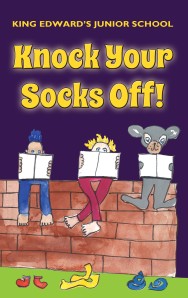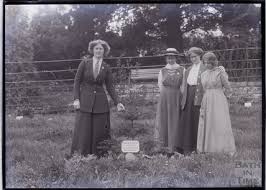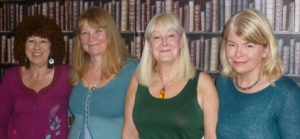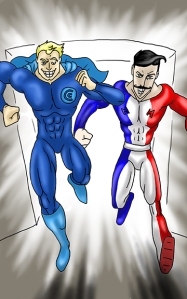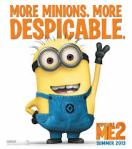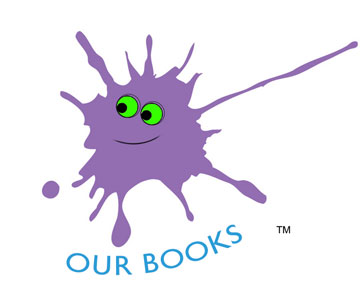
The Ring is a rather unique collaborative novel born in the imaginations of the creative writing society at King Edward’s Senior School, Bath. The concept is simple. The novel follows the story of a mysterious golden ring from thousands of years BCE to the present day via Ancient Egypt, Shakespeare’s Globe, the wreck of the Titanic…and much more. The chapters are written by pupils, former pupils, teachers, parents, and some local authors (including me). I also typeset the book for them. It certainly ruled my life for a while (80,000 words, 56 chapters, 41 different authors). But it is still my precious!
Here’s my story.
1911
Mary hadn’t meant for the fruit to topple out of the painting on the wall. She’d only been looking at it, thinking, What if? Apples, pears and plums thudded onto the mahogany dresser, like the sound of feet on stairs. The fruit was no longer two-dimensional or made of cracked paint, but round and smooth and sweet-smelling.
The boring dinner party conversation stopped abruptly and everyone turned towards the picture, eyes wide and mouths open. Mother tried to divert the guests’ attention by asking in a loud voice, “Do you think women should be given the vote?” But Mary didn’t get to see if it worked as Father took her hand and dragged her outside, banging the door closed behind them.
“When are you going to learn to be normal?” he hissed, his freckled face red with anger. “Go to your room. I’ll deal with you later.”
Mary pushed her hands deep into the pockets of her lace dress. She still remembered the stinging pain from being given several sharp swats to her palm with a tennis shoe when a stone lion disappeared from the Italian Garden and a real one had been found prowling through the local village on the same day. She sprinted up the stairs, her eyes bright with tears. She felt sick, knowing Father would keep his word.
For a long time she sat on the edge of the bed, waiting in the candlelight, still wearing her lace-up boots and the big bow in her brown hair. She could hear the sound of muffled voices and laughter in the dining room below; the party was still going on. If only she could run away and find a happy place to live where she could be herself.
Eventually, she picked up what was left of the candle and walked over to the bookcase. The guttering flame illuminated titles and authors’ names on the spines of the books. She ran her fingers over Alice’s Adventures in Wonderland and Grimms’ Fairy Tales and stopped on Nonsense Songs, Stories, Botany and Alphabets by Edward Lear. Her hand tingled when she touched the cover, and a pins-and-needles sensation travelled up her arm as she pulled the book off the shelf. She flicked through the pages and stopped at the first black-and-white illustration: an owl with a small guitar, serenading a cat in a wooden rowing boat at sea. Stars winked in the night sky. She had a vague recollection of her mother singing The Owl and the Pussy-cat to her as a very small child, but she couldn’t be sure if it was a real memory or if she’d made it up for herself. Still, it was comforting.
As Mary looked at the picture she thought about the curved sides of the boat, the smell of  salt water and sweet honey, rough wood and silky-soft cat fur. She pictured the owl’s talons plucking the guitar strings and the sound the instrument made.
salt water and sweet honey, rough wood and silky-soft cat fur. She pictured the owl’s talons plucking the guitar strings and the sound the instrument made.
“The Owl and the Pussy-cat went to sea in a beautiful pea-green boat,” she whispered.
A boat, the size of a small ornament, appeared on top of the book. Mary quickly looked at the door and listened – no-one was coming. She turned back. The boat remained black and white and shaded in charcoal grey, as it had been in the book. The owl had a white, heart-shaped face surrounded by a ring of short dark feathers, black eyes and shaded upper parts, and he strummed a simple wooden guitar. The cat sat opposite him, staring into his eyes. She had the stripes of a tabby and a mark on her forehead resembling the letter M. A big jar of honey rested between them. Mary thought this an odd choice of food for a bird of prey and a cat. Surely, a few dead mice would be much more agreeable to them. Two oars stretched across the benches they sat on, dripping water onto the paper.
She continued reading. In the top corner of the page an island rose covered in bong trees with purple, heart-shaped leaves and hairy trunks. The owl and the pussy-cat went ashore and soon they met a pig with a tarnished ring, inscribed with tiny letters, at the end of his nose.
“Dear Pig, are you willing to sell for one shilling your ring?” asked the owl.
Said the Piggy, “I will.” He wriggled it free of his snout and handed it over.
The owl wiped the ring on his feathers and the cat admired it and purred with pleasure.
Mary smiled at her. “If you’re going to get married, can I be your bridesmaid?”
She was so lost in the story that she didn’t hear her bedroom door open.
“You’re in so much trouble, young lady.” Father’s bellowing voice made her jump.
Desperately, she tried to squeeze the book shut, but neither the creatures nor the bong trees would lie flat. She tried to push them down with the palm of her hand. The owl pecked her little finger and the cat clawed her skin; they weren’t going back into the book without a fight.
“Please, I’m trying to help you,” said Mary.
Her father lunged forward, holding a tennis shoe. He grabbed Mary with his free hand and smacked the characters into the air with the shoe. They tumbled over and over; the owl let go of the ring as it stretched its talons towards its sweetheart.
“Let me go!” Mary pulled herself free.
She reached for the owl and the pussy-cat and, as she did so, the ring grew bigger, and then it slipped onto her finger. The moment it touched her skin it turned from black and white to dazzling gold. It was as bright as the sun. The three characters disappeared into thin air with a pop and a moment later Mary vanished from the room too.
*
Mary found herself standing alone on a soft white beach. Bong trees rustled in the breeze and the air smelled of coconut and the sea. The pig sat in the boat, but there was no sign of the owl and the pussy-cat – she would give them the ring the next time they met. She now examined the ring more closely. It fitted her finger perfectly and a few words ran along the shiny gold band: Mary sailed away for a year and a day…
She hesitated for a brief moment and thought about home. Then she smiled, climbed into the wooden rowing boat next to her new friend and set off on an adventure.
The Ring will be on sale from October 13th in Topping bookshop, Bath.
This story was first posted on my author blog.
Copyright (c) 2016 Kim Donovan. Ring image: Pixabay/ColiN00B. Original illustration of the Owl and Pussycat by Edward Lear






